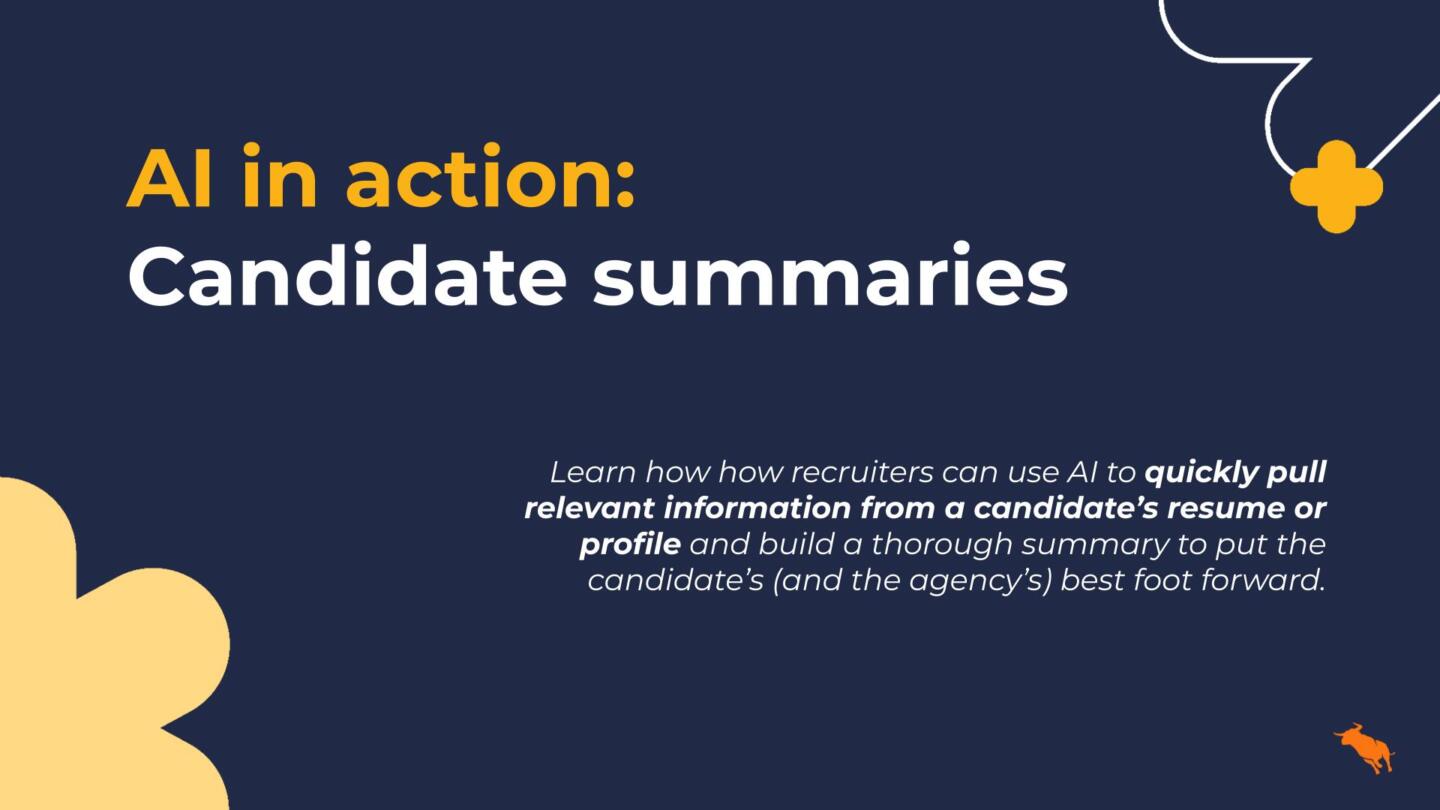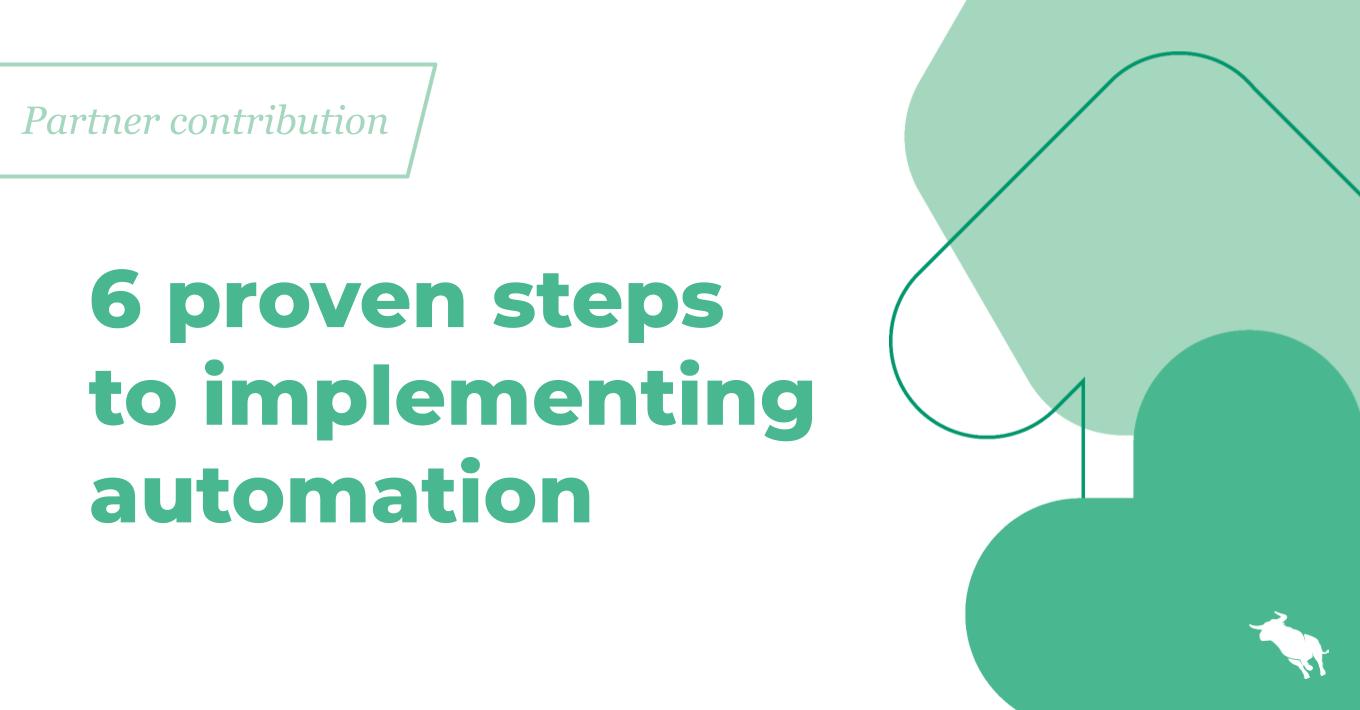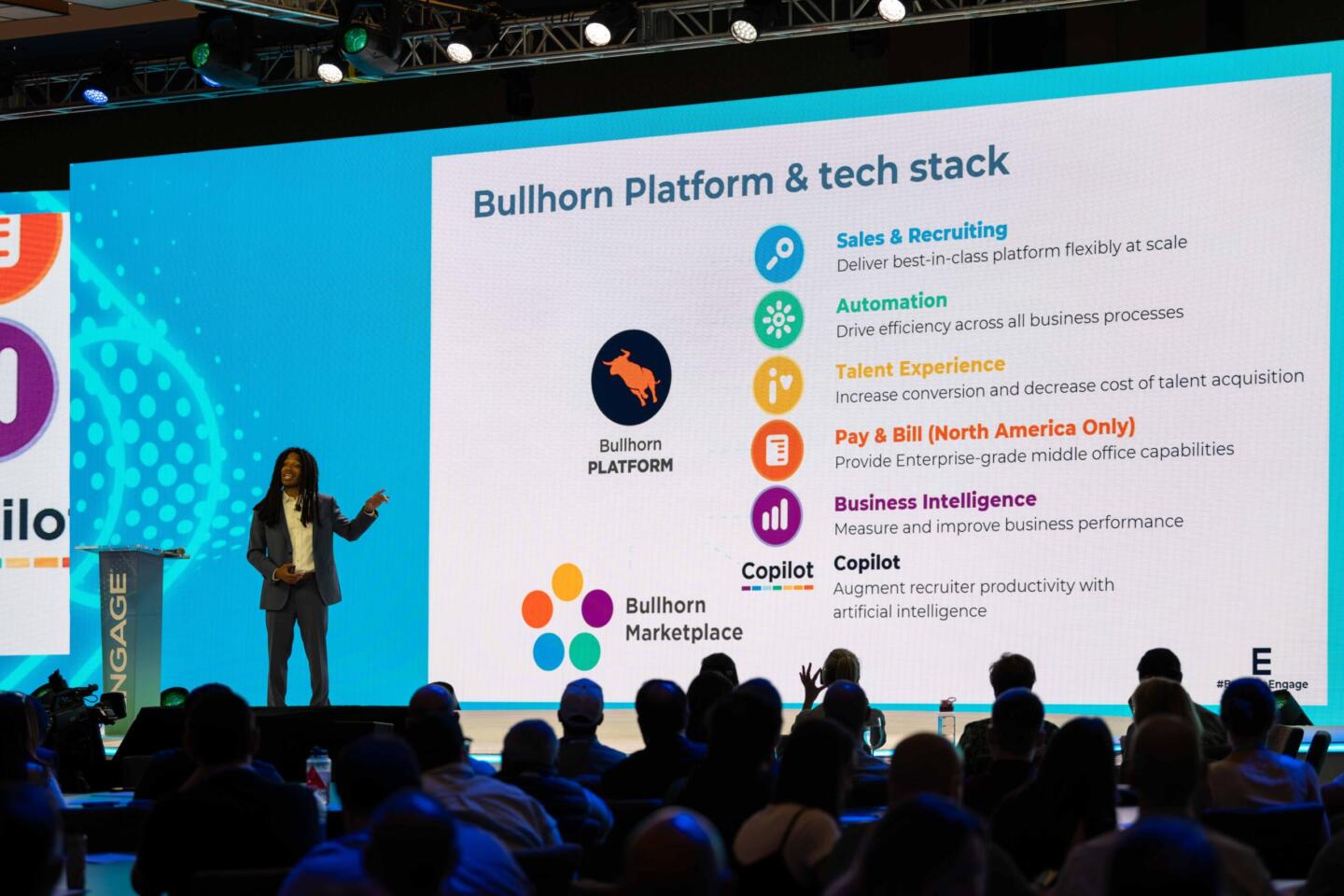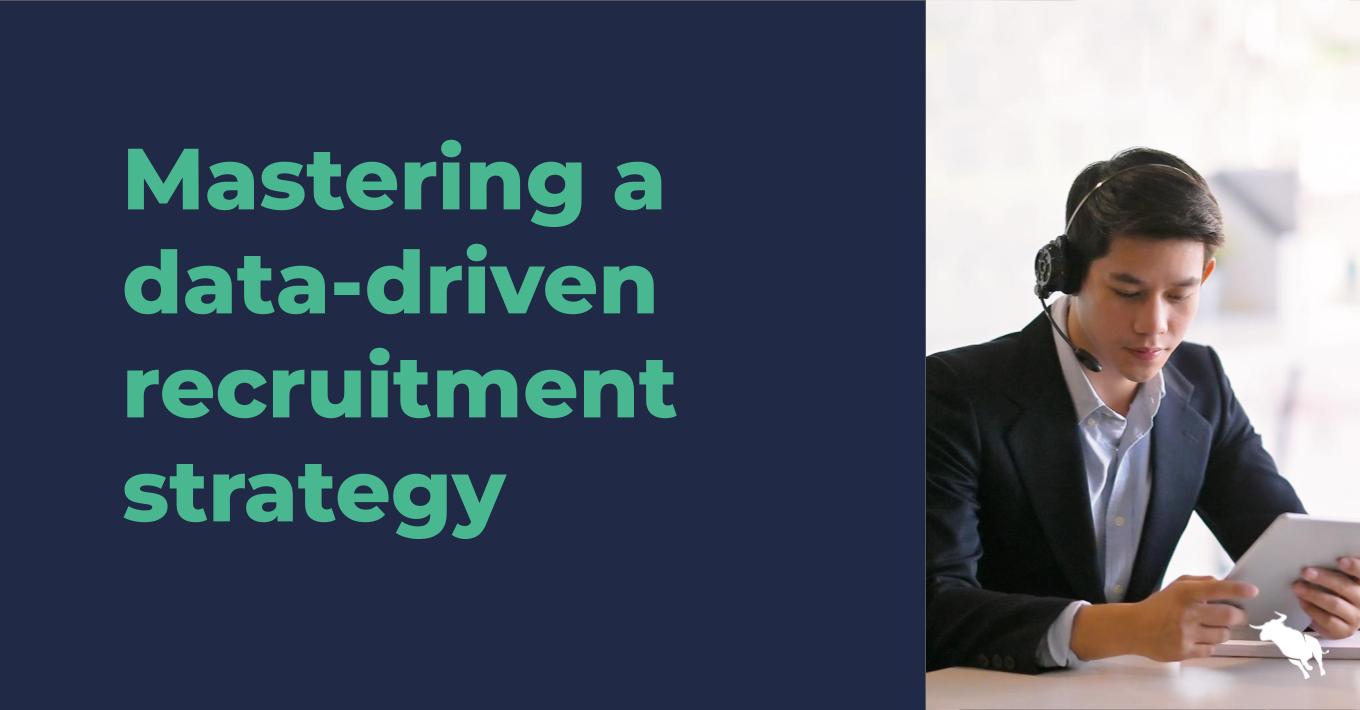Recruitment 101: What are the Qualities of the Best Recruiting Software?

Welcome to Recruitment 101. In this series, we’ll capture some frequently asked questions about recruitment technology and its benefits for agencies. Read about the basics of applicant tracking systems here. Today we discover what makes for the best recruiting software.
The recruitment industry is in the middle of a technological revolution. This is a good thing—83% of recruitment professionals say the digital transformation of the industry will help their recruitment agency—because you now have more options than ever to become more effective and productive.
But the sheer options available to recruitment agencies can be overwhelming. We’ll cover the features of the best recruiting software, as well as where to go for objective evaluations of recruitment technology.
What makes for the best recruiting software?
The boring answer is that the right recruiting software depends on the specific needs of your recruitment agency. But certain features are a must for any agency to be productive and effective. Make sure your investment has the following features.
1) Functionality and Flexibility
The conversation on recruiting software usually starts and ends with applicant tracking systems (ATS)—the core software for any recruitment agency. An applicant tracking system automates your recruiting operations, and provides a central repository for candidate data—including résumés and applications. An ATS is built to help you better manage every stage of your recruiting process, from application to hire, while delivering greater overall efficiency.
But while the best applicant tracking systems are built with a recruitment agency needs in mind, no solution can be perfectly tailored to your business’ specific needs. And your needs will likely evolve as your business grows.
Look for an ATS that can grow with you and adapt to fit your needs, whatever they may be. One effective way a provider can do this is with an ecosystem of partners. With a robust marketplace of partners, you can add integrations that make sense for your business and avoid spending money on services or integrations your business doesn’t need or won’t use.
2) User Experience (UX)
Not all Applicant Tracking Systems are created equal, and more importantly, they don’t all look the same. The appearance and usability of an ATS can have an oversized impact on the success of a recruitment agency, so it’s important to ensure that your recruiting platform is user-friendly. One reason UX matters? It impacts your onboarding time: 33 percent of firms say it takes more than four months to ramp-up new hires.
Make sure to evaluate the user interface of any recruiting software solution on your computer and on mobile. Recruiting teams are increasingly on-the-go, so an easy-to-use ATS with full mobile functionality is a must.
3) Workflow Management
The recruiting lifecycle is nuanced and complex. Without the proper structure, it’s easy to accidentally skip a necessary step in the process. An ATS provides an all-in-one dashboard to manage the entire recruiting process—from job submission to candidate placement.
The right ATS will enhance your existing workflow without reinventing it, all while leveraging best-practices from the industry. This makes it easy for new users to adopt the ATS right away, and be faster and more efficient because of it.
What features should I look for in recruiting software?
Most recruiting software solutions are loaded with features, but what are the features that you’ll actually use every day? Every recruitment agencies needs are unique, but we polled Bullhorn customers and asked them to name the features they use most frequently. Here are three high-impact features.
1) Notes
The ability to add notes on a candidate record after an initial conversation or second interview can help you stay organised with feedback and it can improve your team’s visibility into the status of your candidates.
2) Tearsheets
Tearsheets are a great way to organise your records in a way that prompts action, such as “Top Sales Candidates” or “Machinists—Ready to Go”. This allows you to take action immediately when you have a placement need.
3) Favorite Searches
You’ll get quite familiar with the search function for any recruiting software you use, but that doesn’t mean you should re-create your searches every time. Favoriting searches on list-views saves time as you don’t have to construct a new search every time you need to find out certain information.
Where should I go for honest recruiting software assessments?
So what is the best recruiting software? And where can you find unbiased reviews for recruiter software? There’s no shortage of user-review platforms, but the best ones employ a thorough vetting process to ensure all reviews come from verified users.
Here are two of the industry titans for recruiting software reviews:
G2 Crowd
G2 Crowd features reviews for 300 applicant tracking systems—over 10,000 reviews in total. Importantly, they do not allow for paid placement in any of their ratings. You can sort for recruiting software solutions by popularity, user satisfaction, and G2 Score—a combination of reviews and data aggregated from online sources and social networks.
Capterra
Like G2 Crowd, Capterra curates vetted reviews from real users. You can also filter by recruiting software features like onboarding, candidate tracking, and workflow management in order to find the software that meets your firm’s specific needs.
Good luck on your recruiting software journey! For an in-depth guide covering every step of the ATS selection process, check out the ATS Buyer’s Guide for everything you need to know to make a worthwhile investment in your recruitment agencies future.





